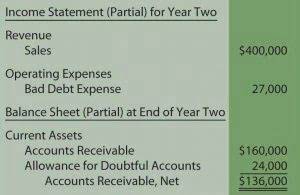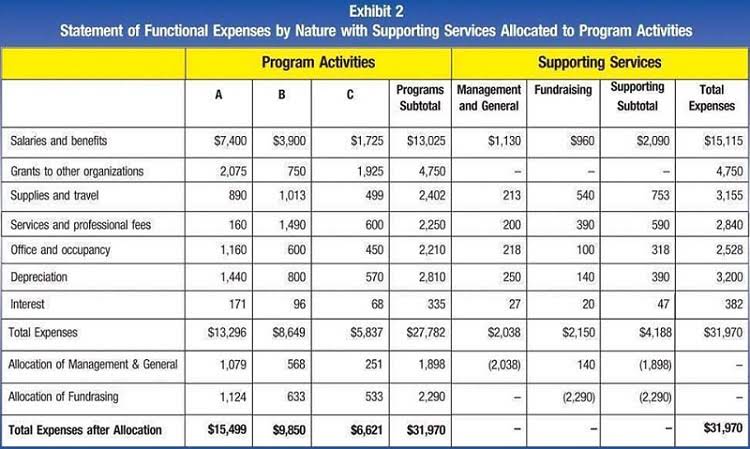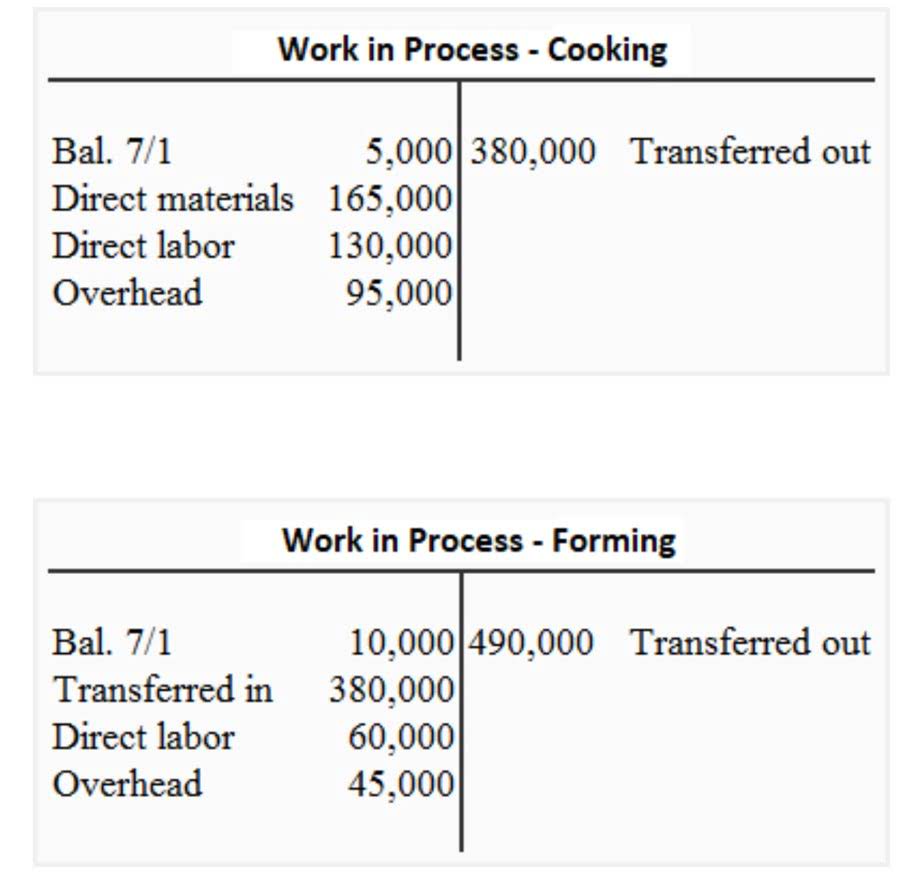
This article provides a full example of when a modification changes a lease classification from operating to finance. One notable distinction between IFRS 16 retained earnings and ASC 842 lies in the amortization method of the ROU (right-of-use) asset. ASC 842 calculates the expense that diminishes the ROU asset as part of the total operating expense, determined by the accrual of liability expenses. Conversely, under IFRS 16, the ROU asset undergoes depreciation akin to a finance lease under ASC 842.
Partial Lease Terminations: Accounting and Best Practices under ASC 842
Transparency ensures stakeholders have a clear view of how incentives affect the lessee’s financial position and performance. Utilizing accounting software with robust lease management capabilities, such as CoStar Real Estate Manager, can assist in tracking and reporting these incentives, providing accurate and compliant financial data. As we have noted above the impact to the lease liability ($8,878,204) is consistent regardless of the approach selected. In this example, the decrease in the ROU asset is larger if the proportionate change in the lease liability (Approach 1) is selected. Selecting the first approach is easier to calculate as it’s based on the change in the liability that will be calculated from the updated lease terms. The lease requires $12,000 monthly payments, with a 5% annual increase and a discount rate of 5.2%.
FASB vs. GASB: Objectives, Authority, and Reporting Differences

In this view, the action menu will be located here, and is where you will be able to perform actions such as create a remeasurement calculation. In this case, we’re just using the default name.Since this is a termination, the assumed end date is going to be the expiration date that was selected in the previous window. Here at Cradle, our mission is simple; it’s at the foundation of everything that we do. We want to make accountants’ lives easier by leveraging technology to free up their time to focus on running the business. This will switch the columns and rows giving you a list-type view that will not require as much horizontal scrolling.
Automated Lease & Subscription Accounting Journal Entries: Audit-Ready in Clicks
- The gain or loss recognized from the partial lease termination affects the lessee’s net income, and the adjustments to the lease liability and ROU asset impact the Balance Sheet.
- Any difference between the reduction in the lease liability and the proportionate reduction in the right-of-use asset shall be recognized as a gain or a loss at the effective date of the modification.
- These leases are capitalized and presented on the balance sheet as assets, known as the right-of-use (ROU) asset, and liabilities, unless subject to any of the exemptions prescribed by the standard.
- Cash flow statements will reflect any termination payments, influencing operating cash flow.
- Lease termination options can include notice requirements, termination penalties, and adjustments to previously established rental terms, among others.
- For organizations whose asset portfolio includes leased assets, leasing plays a crucial role in business operations; offering a way to use assets without large upfront investments.
Before we get started it is important to note that the options shown on this screen may be different based on your configuration.First, let’s visit the General Tab. In particular, the Record Type, Commencement and Expiration Dates are key inputs.Record types will establish whether this is treated as a Lessor or Lessee record and may also affect other treatments depending on your configuration. Finally, as companies work through their processes, they should communicate closely with their auditors to make sure that the needed controls are in place and that the information is tracked in such a way as to create an audit trail of the needed information.

Remeasuring the lease liability

Consulting a tax professional can help navigate complex tax obligations of a closed business, ensuring compliance and minimizing tax liabilities. Sellers should also ensure that customer contracts or agreements are transferable to the buyer. This may involve notifying customers about the change in ownership and updating contact information. Fixed assets, such as property and equipment, should be appraised and sold if possible. (When describing what happens when you save the calc) Note that the termination lease termination journal entry has replaced the original calculation and the end date is what was specified in the wizard.
How do you account for the disposal of assets and settlements of liabilities in the closure of a business?
- In this example, the decrease in the ROU asset is larger if the proportionate change in the lease liability (Approach 1) is selected.
- Check out our comprehensive IFRS 16 guide to learn more about lease accounting standards and best practices for managing leases.
- It is imperative that companies understand how their banks read financial statements and how each covenant ratio is defined.
- Now that we have a foundation of lease accounting concepts, let’s explore the journal entries involved in lease accounting.
- When year-end audits come around, accounting teams often scramble to ensure accuracy while fielding auditor requests for detailed documentation.
- Take a self-guided tour and see how the fastest-growing commercial tenants leverage Occupier for lease management & lease accounting.
- In a real estate transaction, you’re often going to leave the Fair Market Value field blank.
The carrying amount of the lease liability before modification ($27,089,980) is reduced by the percentage change in the remaining ROU asset. Next, the lessee should remeasure the lease liability based on the revised lease payments in the modified contract using the discount rate as of the effective date of the partial termination. The effective date of the partial termination modification is the date in which both lessor and lessee agree to the modified terms. Simply derecognize the lease liability and ROU asset and recognize any differences in gain or loss. However, when accounting for a partial termination, both the lease liability and ROU asset must be remeasured as of the modification date.

While the information above helps outline what you need to know about lease termination options, implementing a lease accounting solution Interior Design Bookkeeping that handles termination scenarios will allow your company to account for these situations effortlessly and accurately. Upon determining there is a partial termination, the lease classification needs to be reassessed. This means that the same lease classification test that was performed at lease commencement is performed again, but with the updated lease terms.
However, if this rate is not readily available, FRS 102 allows lessees to apply their incremental borrowing rate or their obtainable borrowing rate, i.e., the rate the lessee would expect to pay to finance a similar asset under similar terms. The distribution of remaining assets to shareholders is recorded as a reduction in equity. Journal entries should debit equity accounts and credit cash or other assets distributed, ensuring clear accounting of how assets are allocated upon dissolution. Maintaining clear communications with financial institutions about the change of ownership is also important. Updating bank accounts or loan agreements can help in facilitating a seamless transition.

IFRS 16 disclosures
- The lessee would update the lease liability and right of use asset based of the future cash flows at a point in time.
- As a result of this entry, the carrying value of net investment in the lease at the end of Year 1 would be $994,821.
- Because there are various options to terminate a lease, it’s important to understand the accounting treatment of an early termination under the respective new standard.
- For compliance, lease accounting standards must be reviewed to determine how lease terminations should be reported, ensuring consistency and transparency in financial reporting.
- The second is available to all entities and permits the election to not separate nonlease components from lease components in a lease, and instead treat the entire payment as a lease payment that is present-valued and capitalized.
- The ROU asset is treated similarly to other tangible fixed assets, meaning it is depreciated over the shorter of the lease term or the asset’s useful life.
To get accurate information out of Visual Lease, we have to ensure we put complete and accurate data into it. That is especially true for lease accounting calculations, which pulls inputs from various fields within your lease record. • The location and importance of key lease accounting inputs• How to create a termination remeasurement for an existing calculation.Please take a moment to review the agenda.
